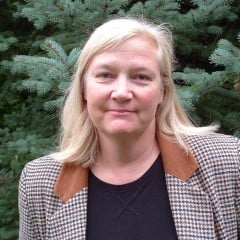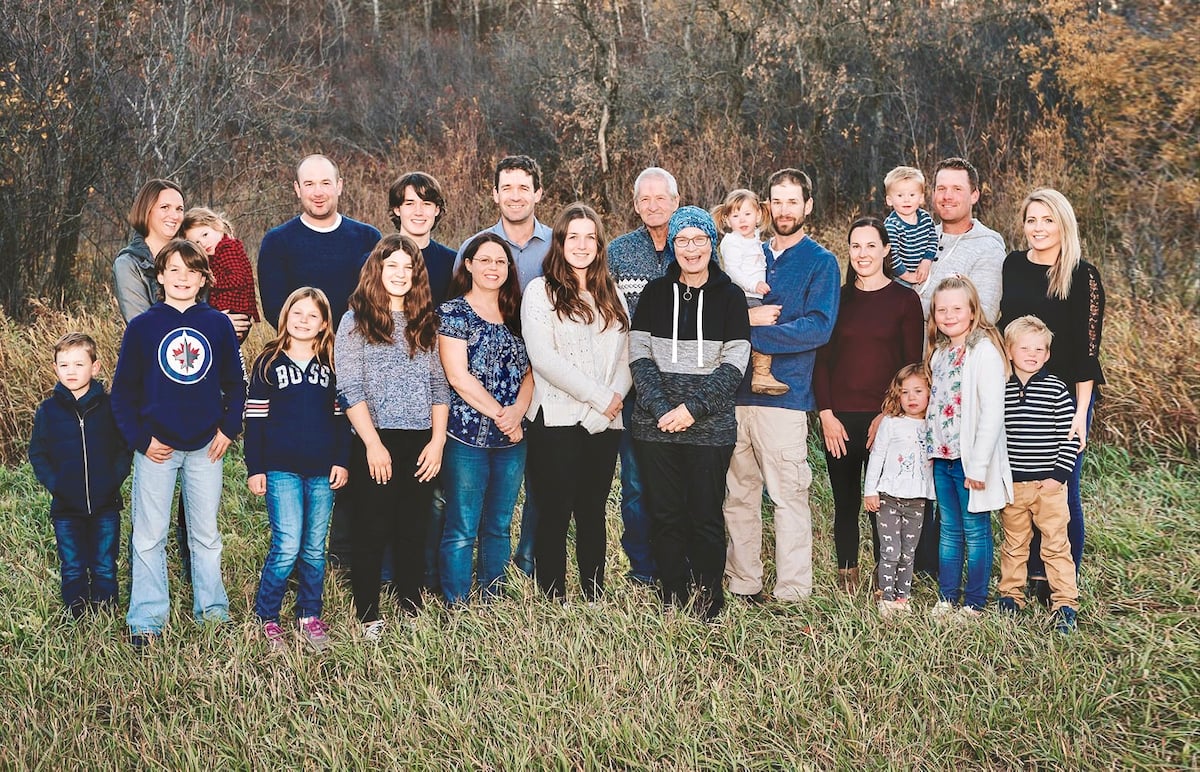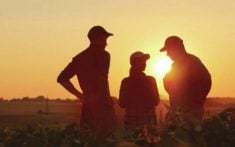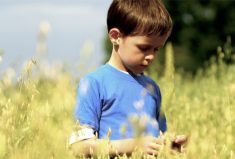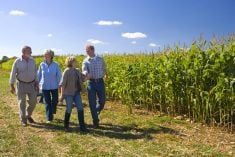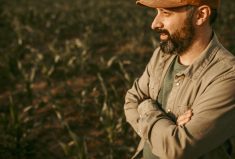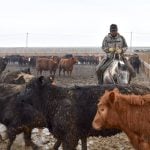It’s a fact that most families squabble.
Individuals don’t always see eye to eye, and they can’t always work together. But if they can find a way, it can make a world of difference to the profitability and future of their farm — and the success of their relationships with each other.
The Stepplers managed to do just that.
Read Also

What to consider when setting up farm-related business ventures
Things to consider before launching a farm-adjacent side business.
Ian Steppler says the only way that he and his brother, Andre, could compete with other large farms in the region was to “come together so we could pool our capital, share the resources and then share the growth of the overall farm.”
The Steppler family has been farming in the Miami area of Manitoba for over a hundred years. The legacy started by their grandparents is important to them and they have worked hard to ensure that the transition to the third generation (and soon the fourth) is as painless and efficient as possible and that it accommodates the needs of everyone, including non-farming family members.
The family farm has always been in grain and cattle, but 25 years ago, Ian and his wife, Sandy, saw a chance to diversify into something that would complement the operation without requiring a large capital investment.
While attending the University of Manitoba in the late 1990s to obtain his agriculture diploma, Steppler decided to take a beekeeping course thinking that it might provide extra cash at a time when crop and cattle prices weren’t that stellar.
He started out with four bee colonies and an old four-frame honey extractor. He produced half a barrel that he sold mainly to family and neighbours.
Today, he has 1,800 hives that produce around 500 to 600 barrels of honey a year, all of which is contracted to Bee Maid Honey, a co-operative of Western Canadian beekeepers that markets 100 per cent Canadian honey across North America. He built a larger extraction and processing facility on the farm, has a full-time beekeeper and employs at least five seasonal workers in summer.

Andre, who managed the cattle side of the home farm, wanted to go in a different direction and focus on purebred Charolais.
While Andre established his own cattle operation, Steppler’s other brother, Adam, took over the grain. So, while three distinct enterprises developed, each owned and managed by the siblings independent of each other, the key to success for all of them was to collaborate.
“Instead of conflict ruling the day, we said we need to take another step along this succession path, but it was a hard transition to make,” Steppler acknowledges. “We weren’t sure how to take a business arrangement that was so complex, as it is about relationships as well, and separate that out to allow fluid succession of Andre out of the main farm without compromising the overall structure of either farm. We had to agree on the value of the farm, and on everyone’s contributions.”

Knowing when to bring in help
Recognizing that they needed outside help, the family brought in a professional advisor from Farm Credit Canada to help mediate the process and remind them of their common goal: business health.
“We had to make sure that as we transitioned through these stages that each operation was able to proceed without sending the others into hardship,” Steppler says. “There was a lot of compromise that we made back and forth, but with a mutual understanding that we needed to support each other as we move forward. The farm is about one and a half times bigger than it was when we first started in transition, which is quite a feat. And we’re still communicating and working together while going in our separate directions. It allows us to stay separate in a lot of ways but together at the same time.”
For example, Steppler still has 4,000 acres of land on which he grows some grain but also feed for Andre’s cattle.
“The honey business got me out of my brother’s hair and allowed me to focus my attention on a separate enterprise that directly contributed to the overall success of the farm,” Steppler says. “The honey business is a fairly low-investment, cash business. I was able to contribute towards the overall bottom line of the company, and we were able to not only pool the cash but also leverage that cash on hand to further expand all our operations.”
They have another brother, Geoff, a commercial pilot and shareholder in the farm. “He brings his piece of inheritance into the whole pool of capital and whenever he’s not flying, he’s back (on the farm), typically taking holidays during seeding and harvest so he can help out,” Steppler says. “He also looks after a lot of the payroll and bookkeeping.”

Don’t get ahead of yourself
Open communication is another important component of their ongoing, complex transition. “It requires a lot of communication,” Steppler says. “We were able to find an understanding and divvy up the responsibilities in such a way that it helped balance the autonomy and the collective nature of running a business, but it’s very complicated.”
They take outside advice where they need it, and they’re fluid in their approach.
“When we brought the companies together as part of the transition process from Mom and Dad, we were never set on ‘this is how the model is going to be forever’,” Steppler says. “We knew that this had to be a fluid kind of business arrangement, and as we grew, as with most relationships, sometimes we would grow in the same direction, and sometimes in different directions.”
They have also learned not to plan too far ahead in anticipation that circumstances — and people — will change over time and the “plan” has to change with it.
“Our advisor told us try not to plan too far out because it locks you in a certain direction,” Steppler says. “You want to plan ahead, but when you cast a direction, if it changes, you’re able to pivot a lot more effectively. The business is dynamic, and we need to be able to evolve as the situation presents itself. Instead of looking 20 or 30 years out, we’ll maybe look 5 or 10 years ahead, map it out and see where it goes. It’s important not to lock yourself in a direction that might not work long-term.”
A solid foundation to build on
The Stepplers know that their success is also thanks to the solid foundation their parents, Donny and Pat (who sadly passed recently), built over their farm career. “Everything that we’re doing is based on what their entire life’s work accomplished,” Steppler says. “They provided the structure and were always involved in succession and handing over responsibility and authority. They’ve always retained a little control to stay involved and make sure that they’re there to guide us through tough situations. That leading edge has been important for us. It’s like a weathervane: it keeps us pointing in the right direction.”
When it comes time to transition again, Steppler hopes to provide the same guidance and support for any of his children who want to farm. Lori (21) is studying to become a nurse, Michael (19) is training to be a commercial pilot, and the others — April (17), Charlie (16) and Lea (14) — have yet to decide what they want to do once they graduate school.
“My youngest girls, April and Lea, have shown interest and recognize the opportunity that presents itself at the farm, and have been working with me on the honey farm for the last couple of years,” Steppler says. But he recognizes that everyone must make their own decisions and encourages them to be flexible and keep their eyes open for opportunities.
“When I was in high school, if I would have locked myself into looking at a certain direction, and thought ‘this is the way it’s going to be,’ it might have not been what I really wanted to do,” he says. “It turned out I wanted to be a grain farmer and a beekeeper.”
“I just hope that I can do the same thing as my parents did,” he says. “Whether it’s for my kids or other people on the farm who might want to get involved. Instead of holding the line just maybe be a weathervane instead.”
An unintended farm diversification
When Ian Steppler diversified into the honey business on his grain farm near Miami, Man., it brought many benefits to the operation, but it also took the third-generation farmer down a wholly unanticipated path as a YouTuber.
His channel, A Canadian Beekeeper’s Blog, where he talks about everything beekeeping, has an audience of 90,000 from around the world.
“I had always kept a journal and transitioned to writing a blog online,” Steppler says. “People were starting to come and read what I wrote, and then one of my workers said I should make YouTube videos.”

Steppler baulked at the idea, but his blog led to an invitation from the B..C. Honey Producers’ Association to speak to 250 beekeepers, which so panicked him that he started making videos to practice public speaking.
“I made a video of myself talking about bees to see what I was like, pretending I was speaking in front of a large audience, then put it on Facebook so I knew that everybody was watching it,” he says.
After making and posting a few more videos, Steppler overcame his fear of public speaking and now regularly presents at beekeeping conferences across North America and is soon headed to speak at an event in the United Kingdom.
“It’s my day-to-day reflection on what’s happened this week, and that’s why I keep doing it. I don’t do it for the money, or exposure; it’s just what I do,” Steppler says. “The reason beekeepers watch it is because we’re all looking for honesty and perspective about beekeeping, and there aren’t that many of us. They want the true reflection of what goes on in the business, and if they lose their bees or are struggling with disease, they know that someone else has shared that hardship too. It’s in-the-trenches writing, and I think that’s the appeal.”

